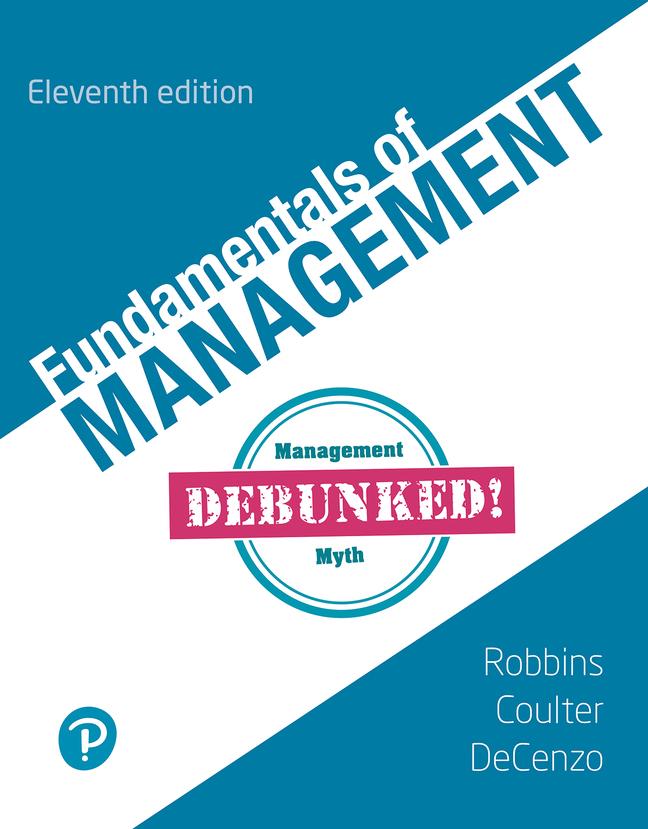Question
tudent question Before 1985, Franklin Timmons and his wife, Kathryn, owned property that included a marina called the Boatyard, where Timmons operated the family business.
tudent question
Before 1985, Franklin Timmons and his wife, Kathryn, owned property that included a marina called the "Boatyard," where Timmons operated the family business. Timmons's primary income was derived from the Boatyard, and according to him, the business ran at a loss. In 1980, a court awarded a judgment against Timmons in a case involving the Boatyard. Timmons never paid the judgment. In 1985, with the judgment still outstanding and no improvement in their financial conditions, the Timmonses established a Joint Irrevocable Living Trust. They conveyed to the Trust the farm and the Boatyard, which comprised all the real property that they owned and the only significant assets that were capable of responding to a creditor judgment. Under the terms of the Trust, the Timmonses and their son, Jimmy, were named as trustees. The Trust instrument gave trustees discretion to invade the trust principal and to sell the land for their own benefit. Although his property was held by the Trust, Timmons never viewed the Trust as limiting his ability to use the land for himself or to rent it to others. Timmons believed that he could continue to live on the land, operate his business on it, and use the land as his own, as he had done in the past. In 1985, six months after the Trust was created, Kulp, Timmons's employee, was severely injured while working at the Boatyard. Timmons did not carry workers' compensation insurance, and he did not reimburse any of Kulp's medical expenses. Kulp filed a petition for compensation due with the Industrial Accident Board (IAB), and the IAB ordered Timmons to post a $150,000 bond and to pay Kulp's medical expenses and other benefits. Timmons did not comply with the IAB order, and several years of litigation ensued. Timmons's son, Jimmy, died in October 1994, and Timmons's wife, Kathryn, died two years later. As a consequence, Timmons became the sole settlor, trustee, and lifetime beneficiary of the Trust. Kulp's IAB award still remained unpaid. In 1997, the Superior Court entered a money judgment in favor of Kulp, doubling the initial IAB award to $194,316.74 to compensate Kulp for the delay in payment. Kulp brought an action seeking a determination that the Trust was invalid and that its assets were subject to execution process. Less than one month after this action was filed, Timmons conveyed all his personal property to his daughter-in-law, Beverly, and his granddaughter, Brandi. Thereafter, Beverly and Brandi conveyed a life estate in the conveyed property to Timmons. Timmons argued that as a consequence of that conveyance, and the transfer of his (and his wife's) assets to the Trust in 1985, he has no assets from which to satisfy the judgment. Can Kulp reach the trust assets to collect his judgment?
Step by Step Solution
There are 3 Steps involved in it
Step: 1

Get Instant Access to Expert-Tailored Solutions
See step-by-step solutions with expert insights and AI powered tools for academic success
Step: 2

Step: 3

Ace Your Homework with AI
Get the answers you need in no time with our AI-driven, step-by-step assistance
Get Started


